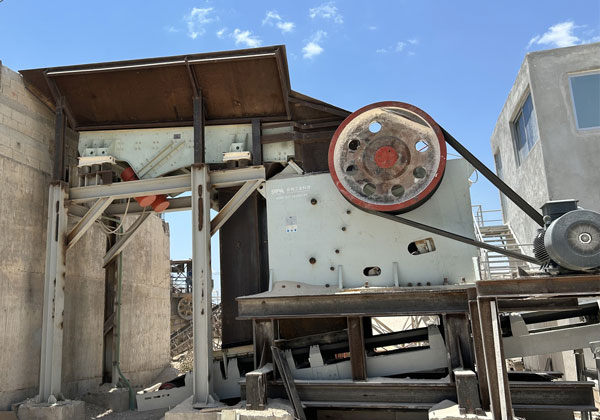In the mining and construction industries, efficient rock processing is crucial for producing aggregates, minerals, and raw materials for various applications. Two of the most widely used primary crushers for rock processing are gyratory crushers and jaw crushers. Both are designed to handle hard and abrasive materials, but they differ in design, operation, and ideal applications.
1. Jaw Crushers
Jaw crushers are among the oldest and most widely used types of crushers in the world. They use compressive force to break down large rocks into smaller, more manageable pieces.
Structure and Working Principle:
-
A jaw crusher consists of two plates: a fixed jaw and a moving jaw.
-
Rocks are fed into the crusher from the top, and as the moving jaw compresses them against the fixed jaw, the material fractures.
-
The crushed rock exits the crusher at the bottom opening, with the size controlled by adjusting the gap between the jaws.
Key Advantages of Jaw Crushers:
-
Simplicity and reliability: Few moving parts and straightforward operation.
-
Versatility: Can handle hard, abrasive rocks like granite, basalt, and iron ore.
-
Capacity range: Available in sizes suitable for small quarry operations to large-scale mining projects.
Applications:
-
Primary crushing of raw material in mining and quarrying.
-
Preparation of rock for secondary crushers such as cone or impact crushers.

2. Gyratory Crushers
Gyratory crushers are another type of primary crusher, typically used for very large-scale rock processing operations. They operate on a similar principle to jaw crushers but are capable of handling larger volumes of material.
Structure and Working Principle:
-
Gyratory crushers consist of a conical crushing head that gyrates inside a stationary concave surface.
-
The rock is crushed in a continuous process as it moves downward through the crushing chamber.
-
Unlike jaw crushers, gyratory crushers are capable of crushing rocks with high throughput while maintaining relatively uniform particle size.
Key Advantages of Gyratory Crushers:
-
High capacity: Ideal for large-scale mining operations.
-
Continuous operation: Can handle very hard and abrasive rocks continuously without overloading.
-
Adjustable product size: The gap between the crushing head and concave can be adjusted for different output sizes.
Applications:
-
Mining operations requiring high throughput, such as iron ore, copper, or gold mines.
-
Large-scale aggregate production for construction and infrastructure projects.

3. Comparison Between Jaw and Gyratory Crushers
| Feature | Jaw Crusher | Gyratory Crusher |
|---|---|---|
| Capacity | Medium | High |
| Feed Size | Large | Very large |
| Output Size | Controlled by jaw gap | Controlled by eccentric settings |
| Operation | Intermittent (rock is crushed in cycles) | Continuous crushing |
| Maintenance | Easier due to simpler structure | More complex, requires skilled operators |
| Best For | Small to medium-scale operations | Large-scale mining and aggregate projects |
4. Conclusion
Both jaw and gyratory crushers play essential roles in rock processing. Jaw crushers are ideal for smaller-scale operations or where flexibility is required, while gyratory crushers are more suitable for high-capacity operations handling massive volumes of rock. Choosing the right crusher depends on the material hardness, feed size, production capacity, and specific application needs.
By understanding the strengths and limitations of each type, mining engineers and quarry operators can optimize their rock processing operations for efficiency, durability, and cost-effectiveness.
